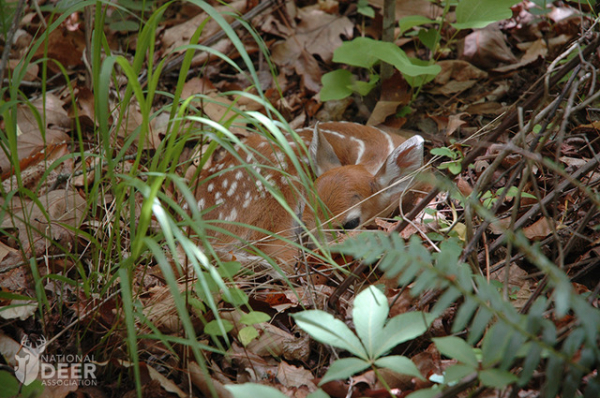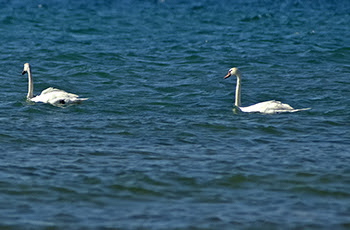Federal Ammunition Supports Boone and Crockett Club Poach & Pay Research

MISSOULA, Mont. – The Boone and Crockett Club announced today that Federal Ammunition will be supporting the Club’s Poach & Pay project as a Trailblazer in Conservation. The three-year sponsorship agreement will provide consistent support for this critical research and policy project and generally support the Club’s overall conservation mission. For over 130 years, the Boone and Crockett Club has led the way on hunting ethics and the Poach & Pay project continues this tradition in an effort to raise the stakes against wildlife crime. Trailblazer in Conservation is the highest, mission-focused partnership level available with the Club and many of the sponsors are directing their support toward this flagship anti-poaching effort.
“Federal and our other ammunition brands of CCI, Remington, and Hevi-SHOT greatly value the Boone and Crockett Club’s extensive history of fighting for conservation and hunter rights, and their latest leadership in initiating the Poach & Pay project continues this tradition,” commented Federal’s Conservation Manager, Jon Zinnel. “We believe this commitment to finding the real cost of wildlife crimes and helping develop policies that will deter future crimes are essential to clearly show the difference between law-abiding hunters and poachers.”
The Boone and Crockett Club’s Poach & Pay research will assess the barriers to prosecuting poachers, evaluate the detection rate and conservation impacts of wildlife crime, describe the motivational factors and potential deterrents that influence poachers, and provide solutions to improve prosecution and conviction rates, as well as a defensible framework for poaching penalties. In addition, the Poach & Pay outreach campaign will arm U.S. sportsmen and women with real poaching data that clearly separates poaching from hunting. Federal’s culture of innovation has guided their company since it was founded in 1922. The company has long supported conservation efforts both through the excise taxes it pays on the sale of ammunition through the Federal Aid in Wildlife Restoration program, as well as through philanthropic support of conservation and advocacy organizations working to continue the future of hunting, shooting, and wildlife management. Read more




